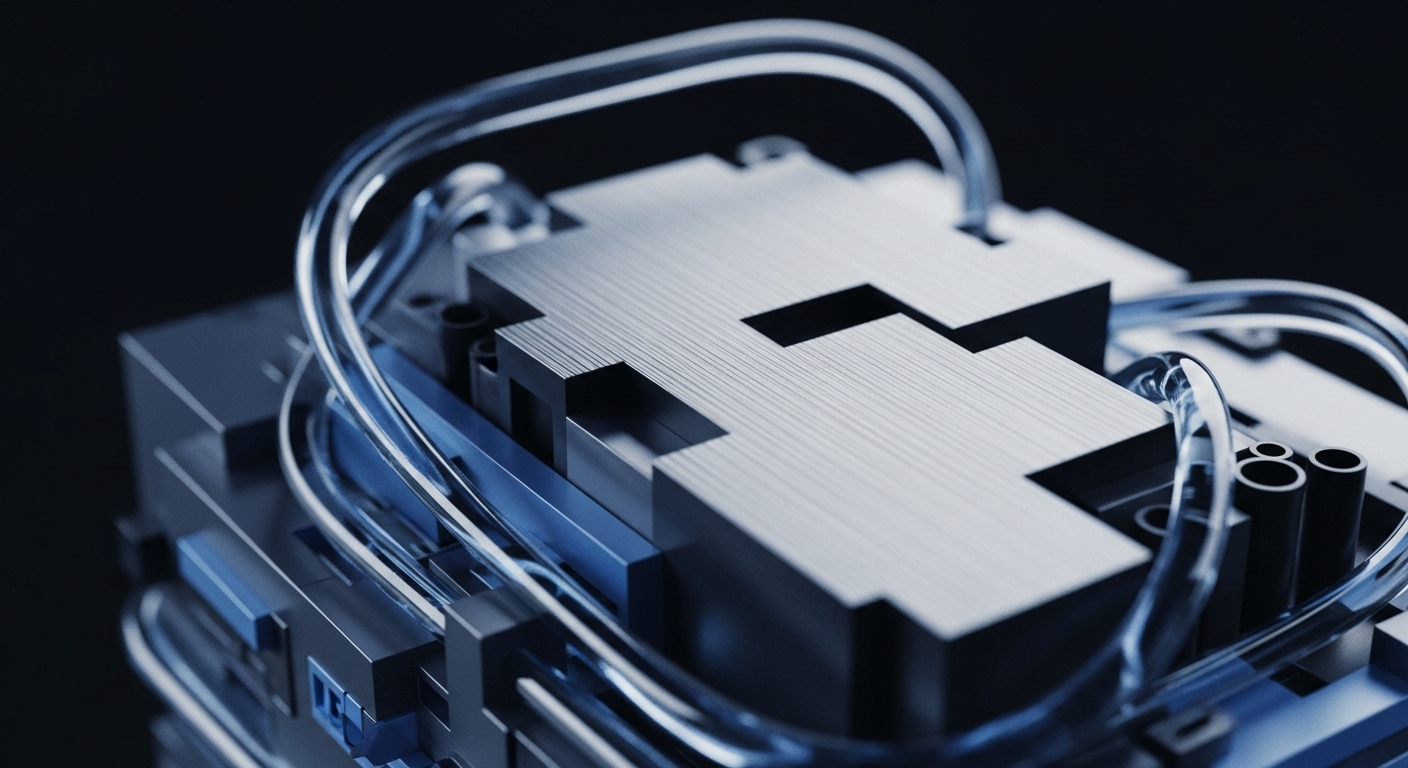
Briefing
New York State lawmakers have introduced Senate Bill S8518, proposing a tiered excise tax on electricity consumed by proof-of-work cryptocurrency mining operations, a move designed to address energy consumption concerns and fund affordability programs. This legislative action directly impacts the operational cost structures for mining firms within the state, requiring a strategic reassessment of energy sourcing and financial models. The bill establishes a consumption-based tax, with rates escalating up to $0.05 per kilowatt-hour for the heaviest users, while notably exempting operations powered entirely by renewable energy sources.

Context
Prior to this proposal, the digital asset mining sector in New York operated under an evolving regulatory landscape, marked by a two-year moratorium on certain proof-of-work mining that expired in 2024. This period highlighted prevailing compliance challenges related to environmental impact and energy demands, with a lack of specific, ongoing taxation mechanisms for the industry’s significant electricity usage. The absence of a clear framework for energy-intensive operations created uncertainty regarding long-term operational sustainability and community impact, setting the stage for legislative intervention aimed at cost internalization and energy policy alignment.

Analysis
The proposed excise tax fundamentally alters the financial framework for proof-of-work mining operations in New York, necessitating a recalibration of compliance strategies and business models. Firms must integrate new cost parameters into their capital and operational expenditure planning, particularly those reliant on grid electricity. This action will likely accelerate the industry’s shift towards renewable energy adoption, as only operations powered by 100% clean sources are exempt from the tax.
Consequently, companies may need to invest in green infrastructure or consider relocation to jurisdictions with more favorable energy policies, impacting local economic development and the state’s position as a mining hub. The legislation effectively mandates an update to a firm’s operational “OS” by requiring a granular understanding of energy consumption and its associated tax liabilities.

Parameters
- Legislative Body ∞ New York State Legislature
- Bill Name ∞ Senate Bill S8518
- Primary Sponsors ∞ Senator Liz Krueger and Assemblymember Anna Kelles
- Jurisdiction ∞ New York State, USA
- Targeted Entities ∞ Proof-of-work (PoW) cryptocurrency mining operations
- Regulatory Action ∞ Proposed tiered excise tax on electricity consumption
- Tax Rates ∞ Ranging from $0.02 to $0.05 per kWh based on annual consumption
- Exemption ∞ Operations using 100% renewable energy
- Revenue Allocation ∞ New York’s Energy Affordability Programs

Outlook
The introduction of Senate Bill S8518 marks a critical juncture for digital asset mining in New York, signaling a legislative intent to monetize and manage the industry’s energy footprint. The next phase involves the legislative process, including potential committee hearings, public commentary, and votes, which will determine the bill’s final form and implementation timeline. This action could set a precedent for other states or jurisdictions grappling with the environmental and economic impacts of energy-intensive computing. Industry stakeholders anticipate increased pressure on profitability for grid-reliant miners, potentially driving further innovation in renewable energy integration or fostering migration to states with more permissive regulatory environments.
